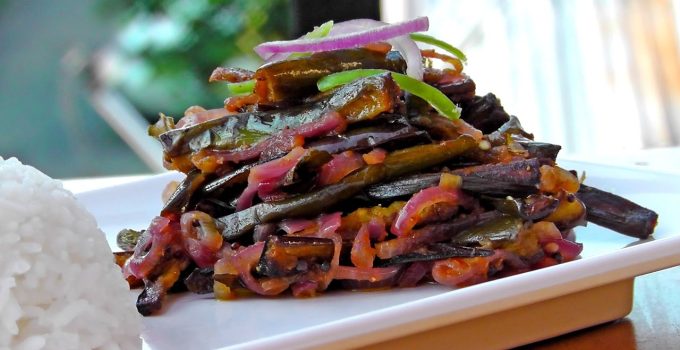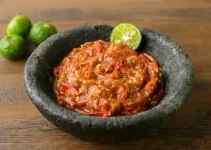Wambatu Moju, renowned for its vibrant culture and rich culinary heritage, offers a plethora of delectable dishes that tantalize the taste buds and captivate the senses. Among these culinary treasures, Wambatu stands out as a beloved traditional dish that delights locals and visitors alike with its unique flavors and aromatic spices. In this article, we embark on a culinary journey to explore the origins, ingredients, preparation, and cultural significance of Wambatu Moju.
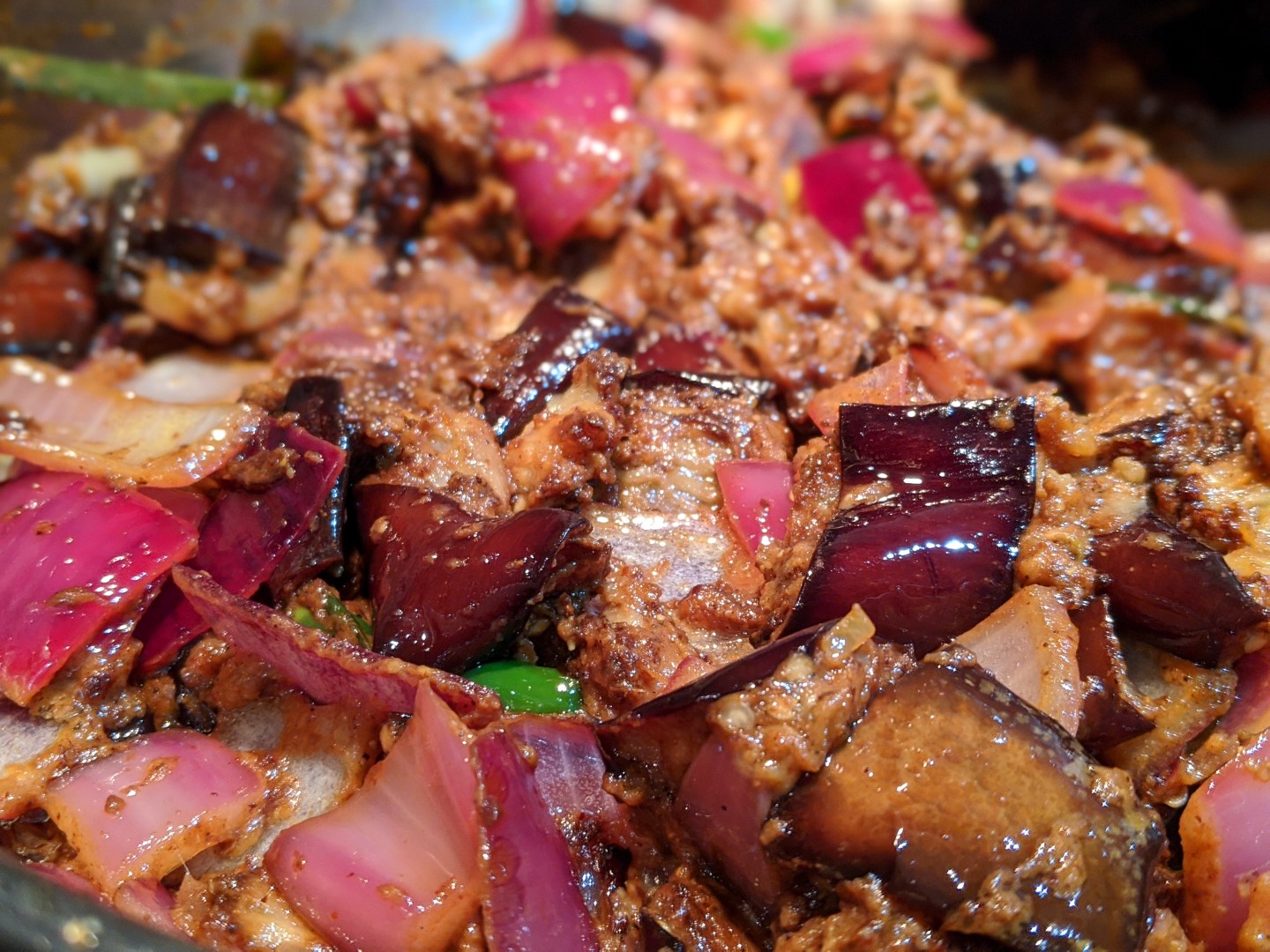
Wambatu Moju
Origins and Cultural Significance:
Wambatu Moju, also known as Eggplant Moju or Brinjal Moju, traces its origins to the culinary traditions of Sri Lanka, where it holds a cherished place as a beloved side dish or condiment. The word “moju” itself refers to a style of cooking that involves caramelizing onions and infusing them with a medley of spices, resulting in a rich and flavorful dish.
This delectable dish is often served as part of a traditional Sri Lankan meal, accompanying rice and curry or as a flavorful addition to a variety of dishes. Its versatility and bold flavors have made it a favorite among locals and tourists alike, earning it a reputation as one of Sri Lanka’s culinary gems.
Ingredients and Preparation:
Wambatu Moju features eggplant (wambatu), which serves as the star ingredient, along with a harmonious blend of spices, aromatics, and vinegar. The dish typically includes thinly sliced eggplant that is deep-fried until golden brown, imparting a crisp texture and rich flavor.
The key to Wambatu distinctive taste lies in the caramelized onions, which are cooked until golden brown and infused with spices such as mustard seeds, fenugreek seeds, curry leaves, and dried red chilies. Tamarind paste or vinegar is added to impart a tangy flavor, while sugar or jaggery lends a hint of sweetness to balance the dish’s complex flavors.
Once all the ingredients are cooked to perfection, they are combined to create a flavorful and aromatic relish that tantalizes the taste buds with its savory, tangy, and slightly sweet notes. The dish is then allowed to marinate, allowing the flavors to meld together and intensify over time.
Culinary Experience and Enjoyment:
Savoring Wambatu Moju is a sensory experience that delights the palate with its bold flavors and tantalizing aromas. The crispy texture of the fried eggplant contrasts beautifully with the soft, caramelized onions, creating a harmonious balance of textures and flavors.
Each bite of Wambatu offers a burst of savory, tangy, and slightly sweet flavors, complemented by the subtle heat of the spices and the aromatic notes of curry leaves. Its versatility allows it to be enjoyed as a standalone dish, a side accompaniment to rice and curry, or a flavorful addition to sandwiches, wraps, and salads.
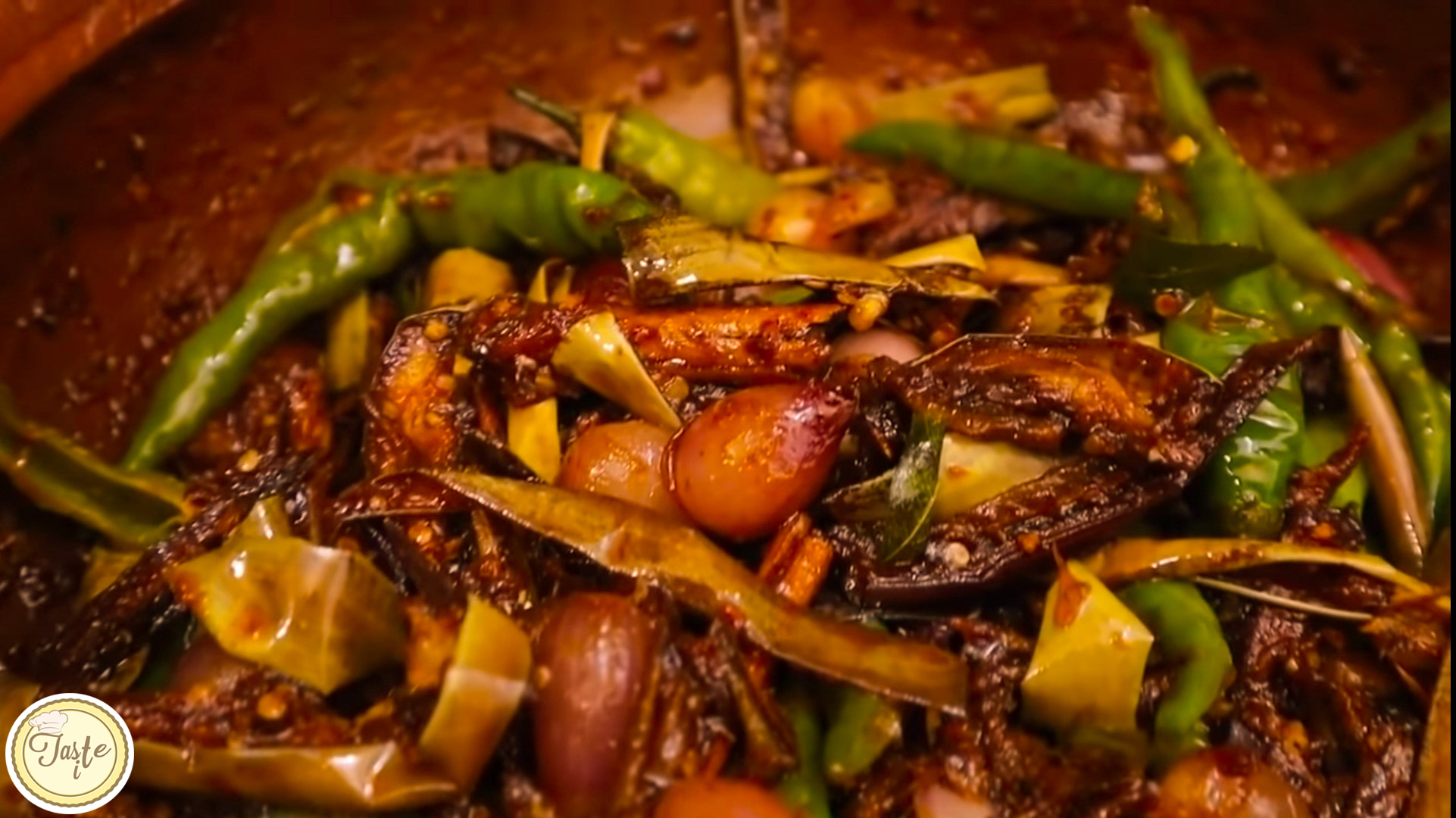
Wambatu Moju
Cultural Importance and Legacy:
Wambatu Moju holds a special place in Sri Lankan culinary culture, serving as a symbol of hospitality, tradition, and culinary excellence. It is often prepared with love and care by families across the island, passed down through generations as a cherished family recipe.
Beyond its culinary significance, Wambatu embodies the spirit of Sri Lankan hospitality, welcoming guests with open arms and inviting them to partake in the country’s rich culinary heritage. Whether ziatogel resmi enjoyed at home with family or savored in a bustling market stall, Wambatu Moju offers a taste of Sri Lanka’s vibrant culture and warm hospitality.
Wambatu Moju stands as a shining example of Sri Lanka’s culinary prowess, delighting food enthusiasts with its bold flavors, aromatic spices, and rich cultural heritage. Whether enjoyed as a comforting home-cooked dish or savored in a bustling eatery, Wambatu Moju offers a culinary experience that is as unforgettable as it is delicious.
Exploring the Pros and Cons of Wambatu Moju: Sri Lanka’s Flavorful Delight
Wambatu Moju, a beloved dish from the culinary repertoire of Sri Lanka, is renowned for its bold flavors, aromatic spices, and rich cultural heritage. While this delectable dish delights food enthusiasts with its unique taste and texture, it also possesses certain advantages and drawbacks that warrant consideration. In this article, we delve into the pros and cons of Wambatu, offering insights into its culinary attributes and cultural significance.
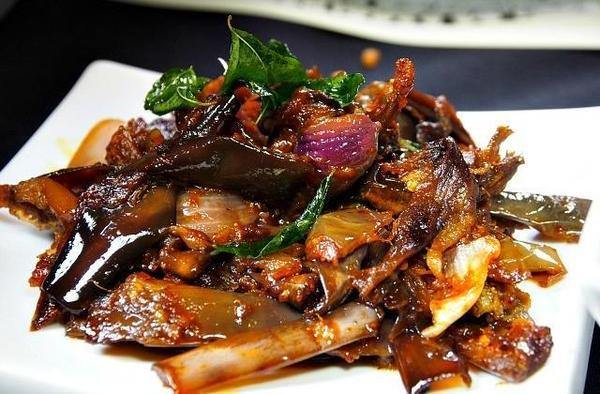
Wambatu Moju
Advantages of Wambatu Moju:
- Rich Flavor Profile: Wambatu Moju delights the palate with its rich and complex flavor profile, which combines savory, tangy, and slightly sweet notes. The caramelized onions, infused with aromatic spices and tangy tamarind, lend depth and complexity to the dish, creating a symphony of flavors that tantalize the taste buds.
- Versatility: Wambatu Moju is a versatile dish that can be enjoyed in various ways. It serves as a flavorful side dish or condiment, complementing rice and curry, bread, or other main dishes. Additionally, it can be used as a filling for sandwiches, wraps, or rolls, adding a burst of flavor to every bite.
- Cultural Heritage: As a traditional Sri Lankan dish, Wambatu holds significant cultural importance and serves as a symbol of the island nation’s culinary heritage. Its preparation and consumption are steeped in tradition, passed down through generations as a cherished family recipe and enjoyed during festive occasions and gatherings.
- Nutritional Benefits: Wambatu Moju offers nutritional benefits derived from its wholesome ingredients, including eggplant, onions, and spices. Eggplant is rich in fiber, vitamins, and antioxidants, while onions provide essential nutrients such as vitamin C, potassium, and folate. The spices used in Wambatu Moju, such as mustard seeds and curry leaves, may also offer health-promoting properties.
Drawbacks of Wambatu Moju:
- High Caloric Content: Wambatu Moju is typically prepared by deep-frying eggplant slices and caramelizing onions in oil, resulting in a dish that is relatively high in calories and fat. Excessive consumption of Wambatu Moju, especially when served in large portions or as part of a calorie-dense meal, may contribute to weight gain and adverse health effects.
- Sodium Content: Some variations of Wambatu may contain high levels of sodium, particularly if salt and salty condiments are used in the cooking process. Excessive sodium intake can increase the risk of hypertension, heart disease, and other health conditions, making it important to consume Wambatu Moju in moderation and choose low-sodium options whenever possible.
- Allergen Concerns: Individuals with allergies or sensitivities to certain ingredients used in Wambatu Moju, such as eggplant or specific spices, may need to exercise caution when consuming this dish. Cross-contamination and ingredient variations can also pose risks for individuals with food allergies or intolerances, highlighting the importance of ingredient awareness and communication.
- Preparation Time: The preparation of Wambatu Moju involves multiple steps, including slicing, frying, caramelizing, and marinating, which can be time-consuming and labor-intensive. While the resulting dish is undeniably flavorful and aromatic, the lengthy preparation process may deter some individuals from making it at home or enjoying it regularly.
Conclusion:
Wambatu Moju offers a tantalizing blend of flavors, aromas, and cultural significance that make it a cherished dish in Sri Lankan cuisine. While it boasts numerous advantages, including its rich flavor profile, versatility, and cultural heritage, it also has certain drawbacks, such as its high caloric and sodium content, allergen concerns, and lengthy preparation time. By understanding the pros and cons of Wambatu Moju, individuals can make informed choices about when and how to enjoy this flavorful delight while savoring its unique culinary experience.
Read More Article About “Denpasar Uncovered: Bali’s Vibrant Urban Center“

